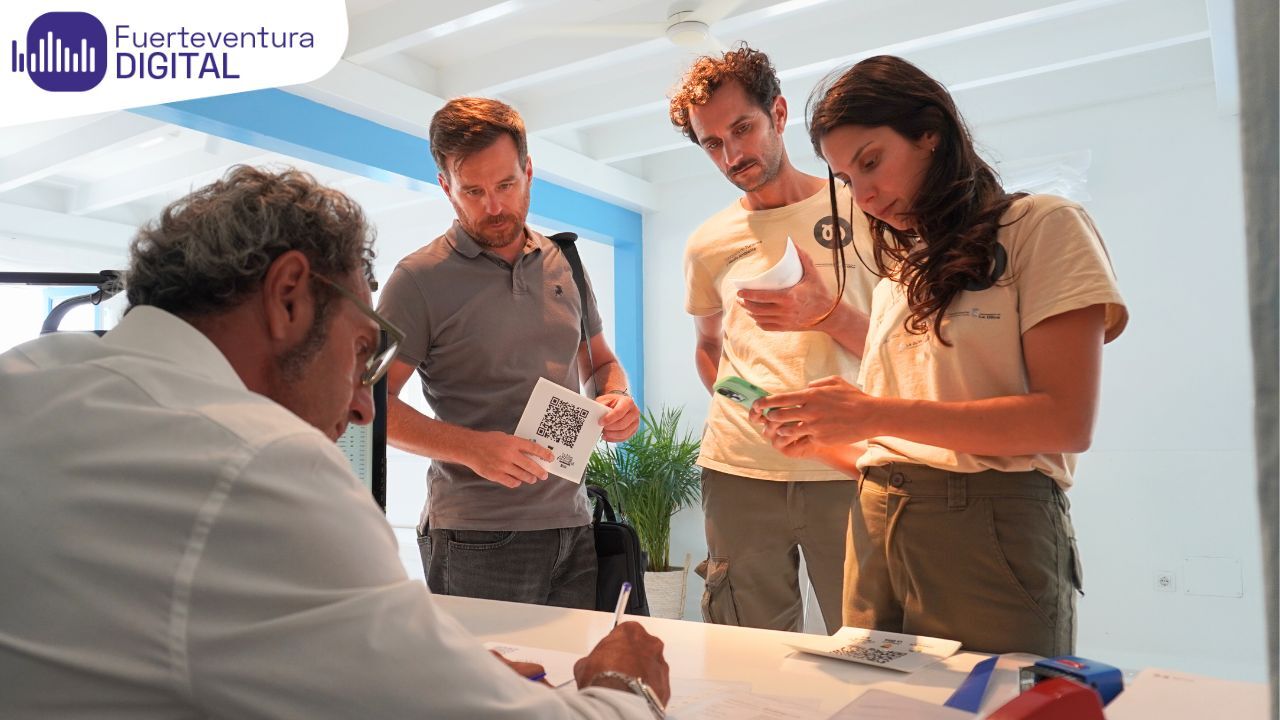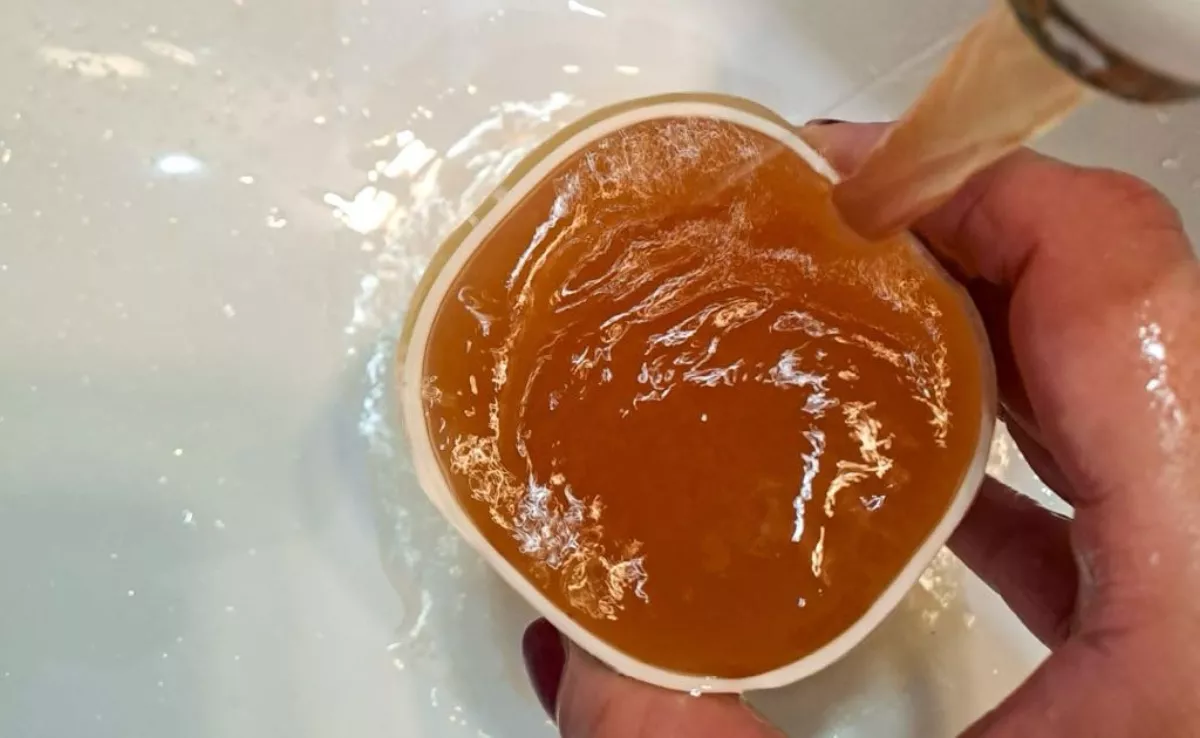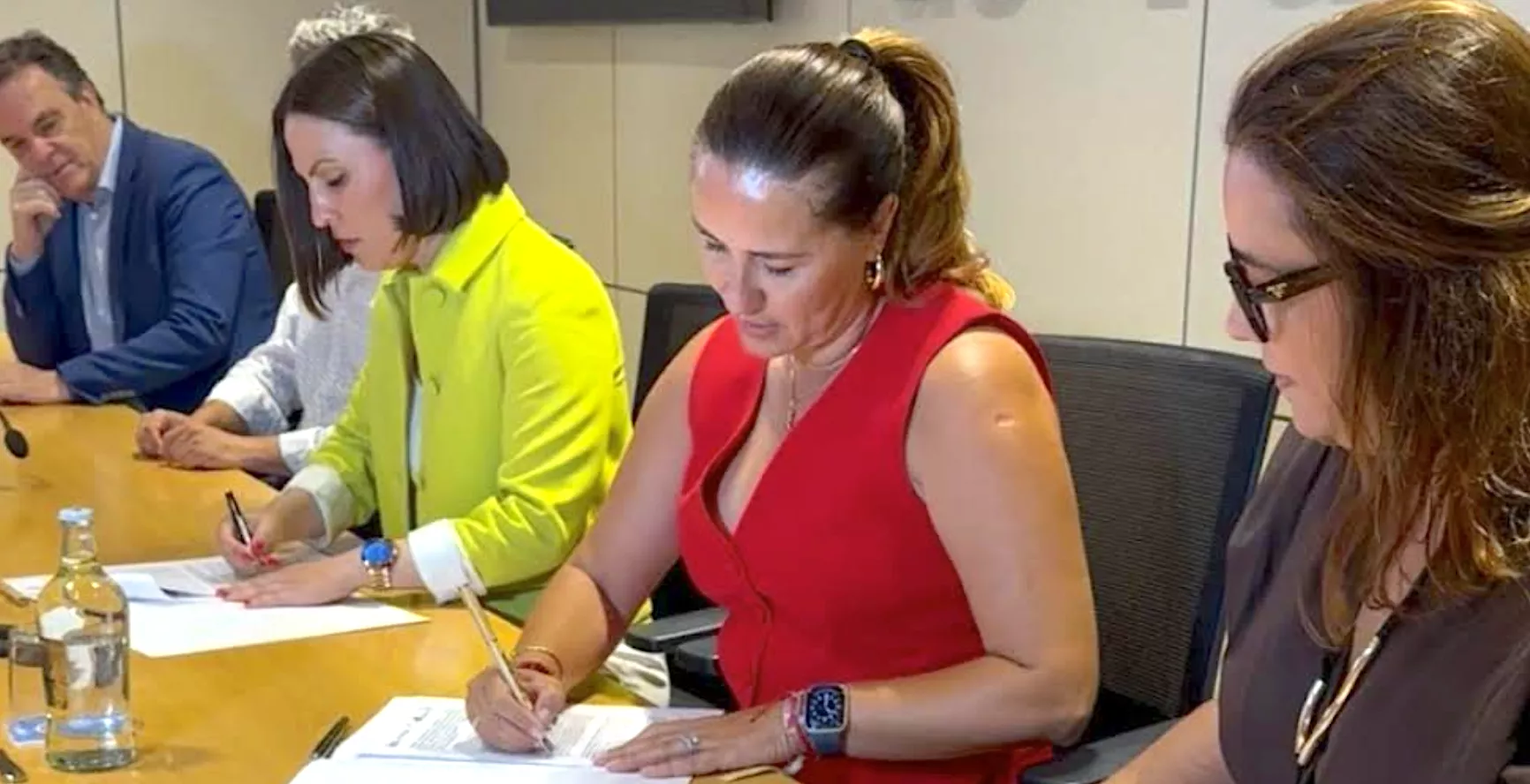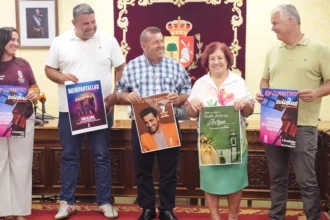The Environment and Tourism Department of La Oliva has activated a new phase of its Tourist Sustainability Plan, aimed at involving the tourism sector in the awareness-raising efforts needed by the municipality. This measure is supported by a team of environmental guides who have been working on this project, ‘Naturally La Oliva’, for over a year to engage the tourism sector in promoting good environmental practices.
This summer, the guides and the Tourism Department are distributing a series of QR code stickers in hotels, apartments, holiday homes, restaurants, and leisure companies, to involve tourism businesses in raising awareness among tourists visiting the municipality’s natural spaces.
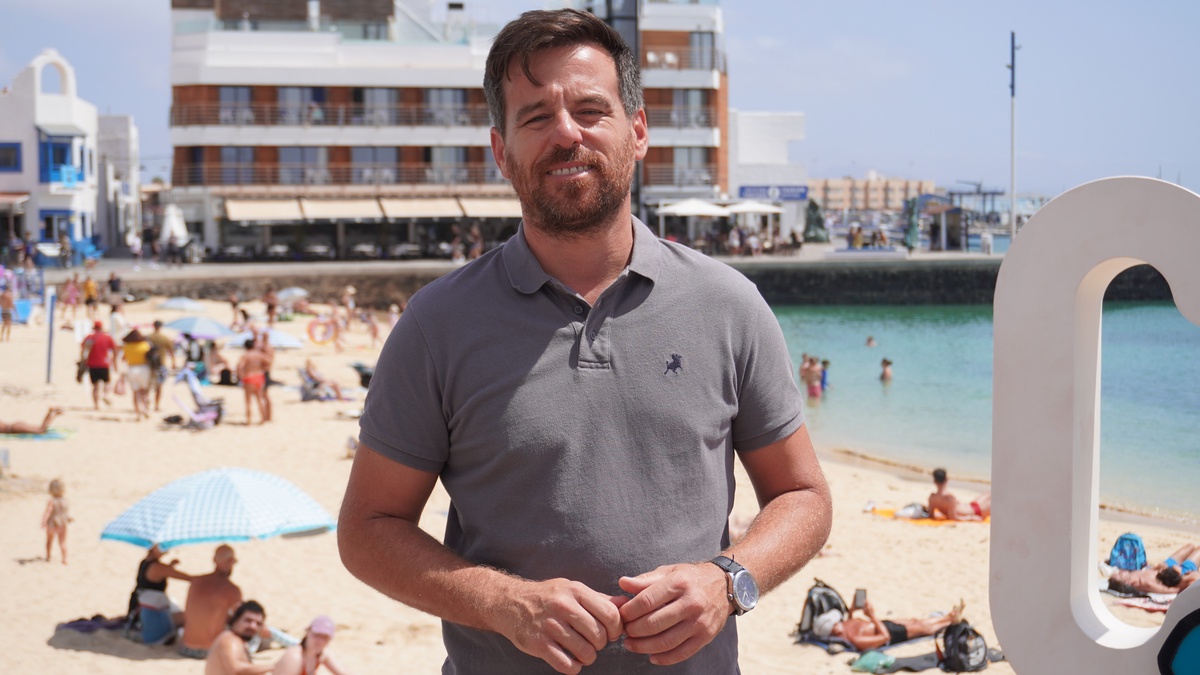
As David Fajardo, Councillor for Tourism and Environment, explains, of the nearly three million tourists who arrive each year in Fuerteventura, around 40% concentrate in La Oliva, a volume of visitors that necessitates focusing these policies “from the origin” with tour operators, agencies, and tour guides, as well as on the island at the airport, with taxis, accommodations, and natural spaces.
“The council alone is not going to achieve it,” he added, which is why the actions of the PSTD are directed towards the public sector, the private sector, citizens, and associations, with a series of awareness-raising actions, including campaigns on social media, educational outings with schoolchildren, and coordination with the UMA unit of the Local Police to act against infringements. Every point of contact should be a loudspeaker: “The tourist gets in the taxi and also has the QR code”.
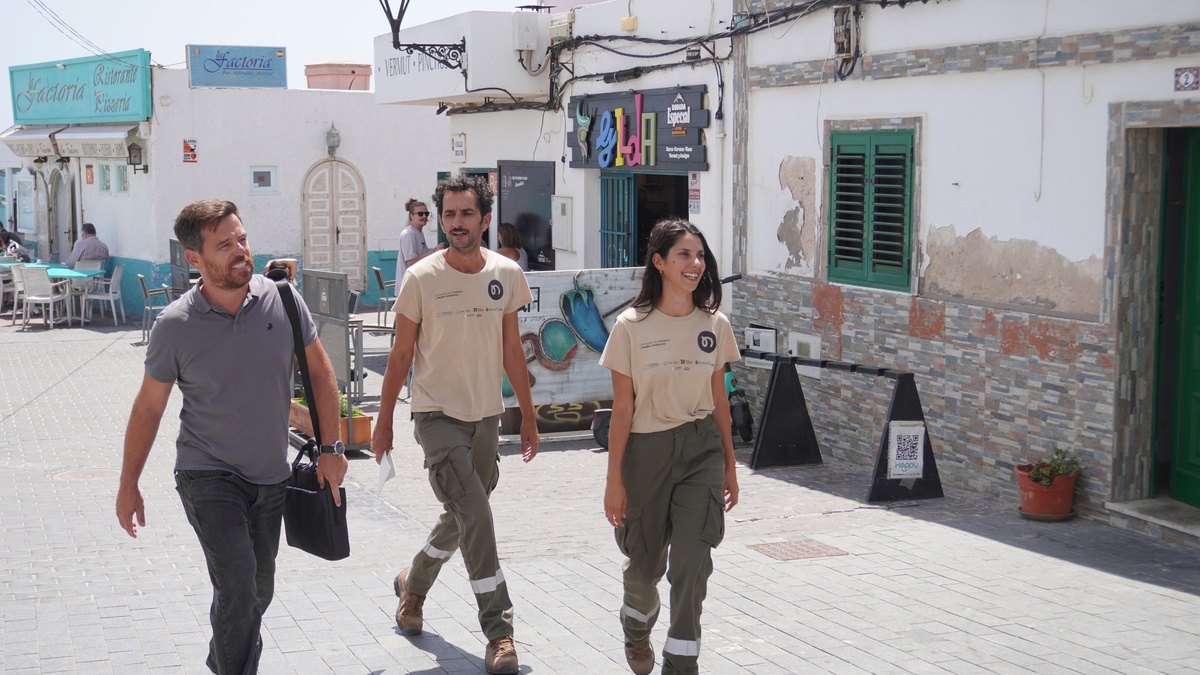
Moreover, he highlighted once again “this pioneering figure, the environmental guides, qualified in various fields, who explain good environmental practices to visitors in several languages. “We don’t want to impose everything as prohibitions”, although he also warns that failing to follow the guidelines could result in penalties for offenders.
The environmental guides report that after more than a year of field work, they are already seeing improvements in respect for the paths and a reduction in waste. However, they still continue to face harmful behaviours towards the environment, which is why they consider local community involvement essential.
Although it’s initially a bit challenging to gain their trust, Alejandra Rodríguez assures that “awareness is growing among residents, and it’s now they themselves who approach those committing bad practices to explain why they shouldn’t do it”.
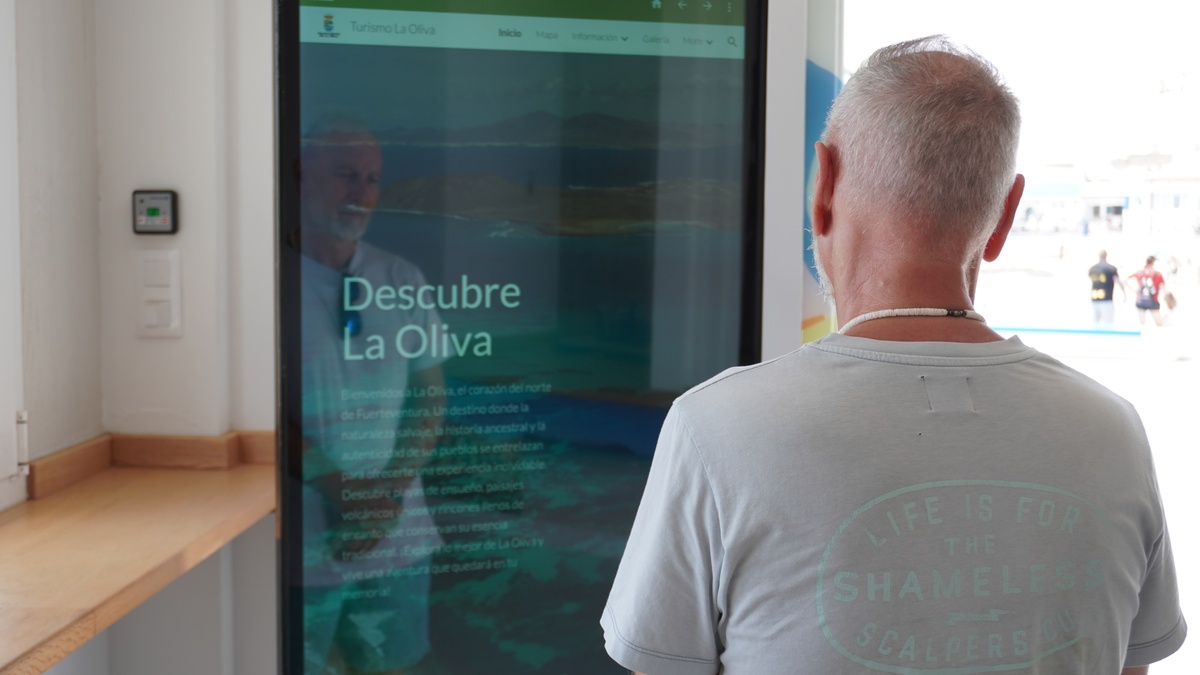
Between Corralejo and El Cotillo, the influx of tourists, sports enthusiasts, and also the local population has surged in recent years. “I wouldn’t say we are at the limit, but if we don’t act soon, we will be too late,” adds his colleague, guide Alexandre Vera.
Although they also work in other areas of northern Fuerteventura, it is along this northern coast, designated as a Special Protection Area for Birds (SPA), where the environmental guides try to convey their message, and where they recognise a “certain tension” is generated.
The locals have always used the coast for fishing, “for gathering,” adds Rodríguez – they understand the initial reluctance from residents – but to ensure sustainable use, “we cannot just come and regulate that northern coast without involving the locals,” argues Vera.
“Go to the Bajo del Mejillón beach, but don’t take the pebbles”
“The first step is education, and to never approach from a negative standpoint,” they recount about their interventions against harmful behaviours they frequently encounter, such as creating stone piles, discharging grey water from caravans, straying from paths, or simply throwing away a cigarette butt. If they cannot obtain collaboration, just as they recommend to any observer of a bad practice, they should call the Local Police.
The council and the guides aim to multiply the messengers, turning tourism sector employees and residents into supporters of the environmental guides. They want reception staff, restaurants, and others to incorporate a decalogue of good practices into their customer information, so that when tourists return home, they tell their friends, “go to the Bajo del Mejillón beach, but don’t take the pebbles,” concludes Alexandre.
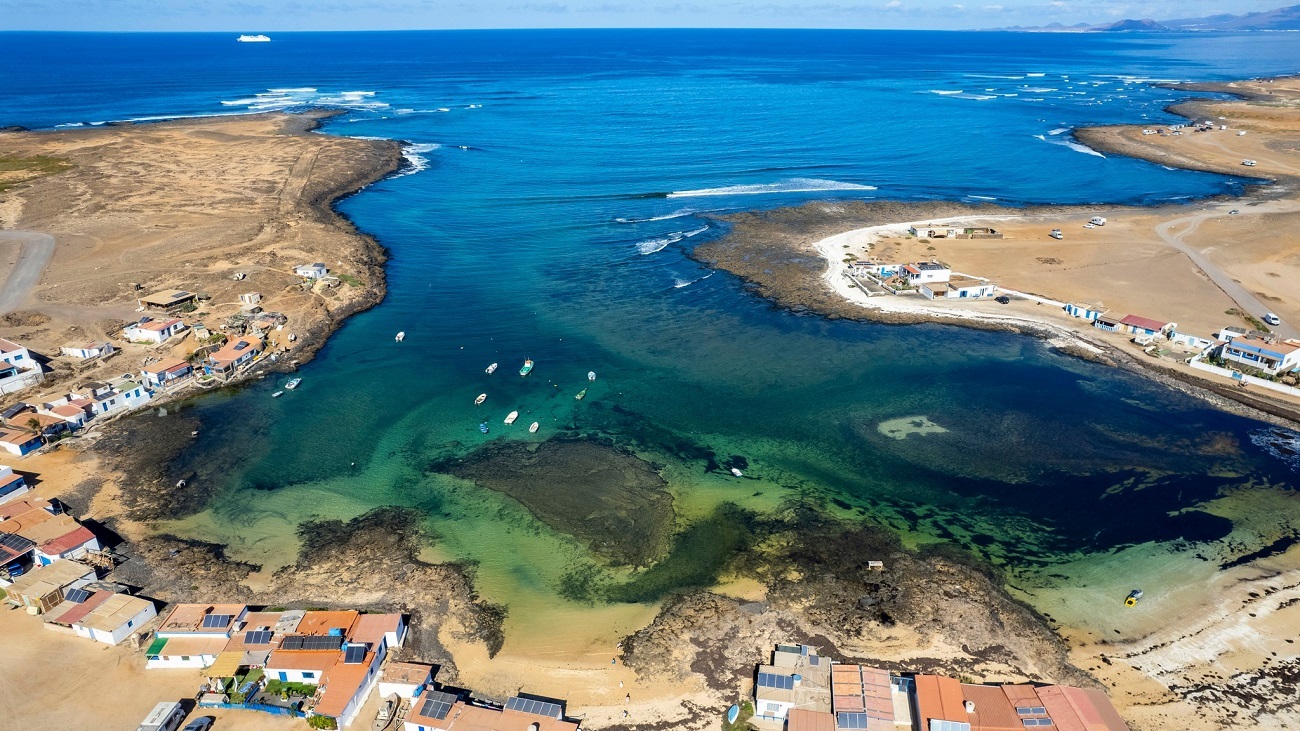
Note: Fuerteventura Digital has a sponsorship agreement with the La Oliva Council and Gesplan for the dissemination of sponsored content from the Tourist Sustainability Plan – Naturally La Oliva Project, funded by the European Union – Next Generation EU.


